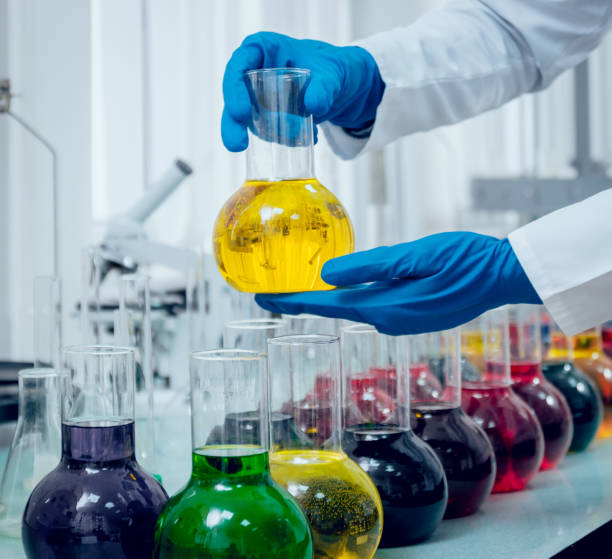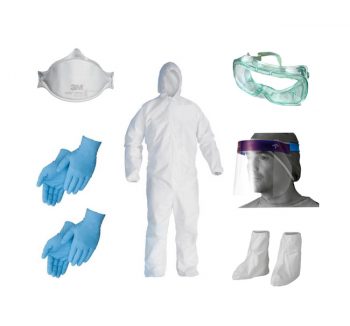
Ensuring the safe handling and storage of laboratory chemicals is critical to protecting personnel, preserving research integrity, and complying with regulatory standards. Whether you manage an academic lab, industrial facility, or research institution, adherence to chemical safety protocols reduces the risk of injury, contamination, and costly incidents.
Understanding Chemical Hazards
Before working with any chemical reagent, it is essential to understand its associated hazards. This begins with reviewing the Safety Data Sheet (SDS), which provides detailed information on chemical properties, hazards, safe handling practices, and emergency procedures.
Key considerations include:
- Toxicity and exposure limits
- Flammability and reactivity
- Proper ventilation and containment needs
- Specific storage requirements
🧤 Safe Handling Procedures
Protecting yourself and others starts with establishing a culture of safety in the lab. All personnel should be trained and equipped with the necessary tools to work responsibly.
Best practices for chemical handling:
- Wear appropriate personal protective equipment (PPE) at all times: lab coat, gloves, and eye protection are minimum requirements.
- Always use fume hoods when working with volatile, flammable, or toxic substances.
- Handle chemicals one at a time, and never pipette by mouth.
- Avoid cross-contamination by thoroughly cleaning all surfaces and equipment after use.
- Ensure all containers are clearly labeled with full chemical names, hazard symbols, and date of receipt or opening.

🧴 Safe Storage of Lab Reagents
Improper chemical storage is a leading cause of lab accidents. A well-organized chemical storage system prevents dangerous reactions and preserves the shelf life of reagents.
Storage guidelines:
- Segregate incompatible substances (e.g., acids from bases, oxidizers from organics).
- Store flammable substances in fire-rated flammable cabinets.
- Use secondary containment to prevent leaks and spills.
- Keep chemical quantities to the minimum required for operations.
- Ensure storage areas are well-ventilated, dry, and temperature controlled.
- Reagents should never be stored on benchtops, in fume hoods, or in unlabeled containers.
🚨 Emergency Readiness and Response
Accidents can happen, even in well-managed labs. An effective response begins with preparation.
Your lab should always:
- Maintain accessible eyewash stations, safety showers, and fire extinguishers.
- Keep chemical spill kits stocked and within reach.
- Clearly display emergency contact information and safety signage.
- Train all lab personnel on spill response, evacuation routes, and first-aid procedures.
📋 Compliance and Training
Ongoing chemical safety training is essential for maintaining a safe lab environment. Regular audits, refresher courses, and clear documentation help ensure all personnel remain informed and compliant with institutional and legal standards.
✅ Partner with Us for Safe, Reliable Lab Reagents and Chemicals
At Honey T Scientific Ltd., we’re more than just a supplier—we’re your trusted partner in laboratory safety and performance. We provide a comprehensive range of high-quality lab reagents, analytical-grade chemicals, and research essentials designed to meet the demanding standards of academic, clinical, and industrial laboratories.
Whether you’re conducting advanced research, quality control testing, or routine lab work, our products are certified, traceable, and safety-compliant—giving you confidence in every experiment.
📞 Get in Touch |🔗 Contact Us: 08038627992, 08061717955
